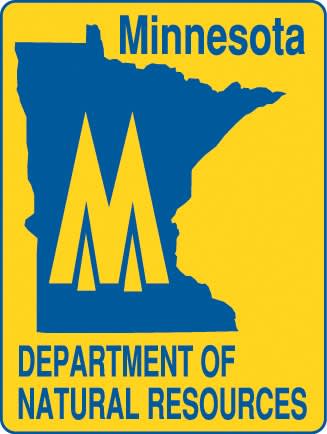Minnesota DNR Offers Advice for Staying Safe in a Duck Boat

With many duck hunters anxiously preparing for the Sept. 22 Minnesota opener, the Minnesota Department of Natural Resources (DNR) reminds people to make sure they pack the one thing that could save their lives – their life jackets.
“We want all hunters to come back to shore safely,” said Kim Elverum, DNR boat and water safety coordinator. “However, the lack of flotation devices is still a common law violation among waterfowl hunters, and the most common cause of duck hunter deaths.
Thirteen hunters have drowned in boating accidents since 1986, when a Minnesota law was passed requiring duck hunters to wear life jackets. “While 13 deaths is 13 too many, before life jackets were mandated, three to six hunters died in duck boat accidents nearly every season,” Elverum said. The most recent Minnesota duck hunter drowning was in 2009.
According to national statistics, more hunters die every year from cold water shock, hypothermia and drowning than from firearms mishaps.
Minnesota law requires a readily accessible U.S. Coast Guard approved life jacket of the proper size and type for every person on duck boats. Plus, for boats 16-feet and longer, one U.S. Coast Guard approved flotation seat cushion must be on board to throw to someone in distress. Seat cushions are no longer approved as primary flotation devices.
Life jackets made with the waterfowler in mind are available in camouflage colors, including inflatable life jackets and belt-pack vests.
According to water safety experts, having a life jacket doesn’t matter if it’s stuffed in a decoy sack when an accident occurs. “You just don’t have time,” Elverum said. “Trying to put on a life jacket during a boating accident would be like trying to buckle a seat belt during a car crash.”
The DNR discourages hunters from wearing hip boots or waders in a boat due to safety concerns. Hunters have drowned while trying to take their waders off after they have fallen into the water or their boat has capsized. “That releases any trapped air in the boots and at the same time binds the victim’s feet together so they can’t kick to stay afloat,” Elverum said.
Hunters who choose to wear hip boots or waders in a boat and suddenly enter the water should pull their knees up to their chest, because air trapped in the waders or hip boots can act as a flotation device. “Hunters should practice this maneuver in warm shallow water before they need to do it in an emergency,” Elverum said.
The DNR offers these water safety tips for duck hunters:
- Wear a life jacket to and from the blind.
- Don’t overload the boat; take two trips if necessary.
- Don’t wear waders or hip boots in the boat or at least learn how to float with them on.
- Stay near shore and avoid crossing large expanses of open water, especially in bad weather.
- Share trip plans with someone and advise them to call authorities if the hunting party does not return on schedule.
- In case of capsizing or swamping, stay with the boat; even when filled with water, a boat provides some flotation and is more likely to be seen by potential rescuers.
Several hunters in distress have been rescued in the last few years when they called for help on their cell phones. “If you are near enough to a cell phone tower, bring your cell phone along in a waterproof, zipper-locked bag,” Elverum advised. “The phone can be used without removing it from the bag.”
The DNR has a free publication about waterfowl hunting boat safety called “Prescription for Duck Hunters.” It is available by calling the DNR Information Center at 651-296-6157 or toll-free 888-646-6367. It is also available at http://files.dnr.state.mn.us/education_safety/safety/boatwater/duckhunterbrochure06.pdf.

